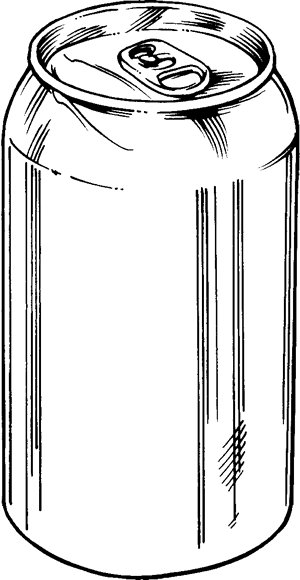
Error codes on appliances like air conditioners are their way of communicating that something is amiss. It’s like your car’s check engine light; it’s there to alert you that something needs attention. The Honeywell air conditioners, known for their reliability, also have their set of codes to inform users when the system isn’t working correctly. Ignoring these signs might lead to bigger problems down the road. So, what should you do when faced with Error Code Oe?
Understanding Error Code Oe
Error codes can seem as mysterious as secret messages at first glance. However, each code has a specific meaning that helps identify the issue. In the case of Honeywell air conditioners, Error Code Oe generally signals a drainage problem. Think of it like trying to pour water into a bottle that’s already full; at some point, it’s going to overflow. Your air conditioner works similarly, and when its drainage system fails, it can’t function properly.
The drainage system in your air conditioner is responsible for removing the moisture it pulls from the air. This moisture collects and needs somewhere to go. If you’re seeing Error Code Oe, it’s a sign that the moisture isn’t draining properly, which could be due to a clogged pipe or a faulty pump. Ignoring it could cause water to build up, leading to leaks or even water damage to your home.
Sometimes, these issues can arise simply because the unit isn’t installed correctly or is not level, causing water to pool inside instead of draining out. It’s essential to address these potential problems as soon as they arise.
Why Ignoring the Error Isn’t a Good Idea
When we ignore problems, they rarely go away on their own. Much like pretending you don’t hear your alarm clock won’t make Monday mornings disappear, ignoring Error Code Oe won’t solve the underlying problem. Instead, it will likely worsen over time, leading to more significant issues and possibly more expensive repairs.
If the drainage problem persists, it can affect the performance of your air conditioner. You might notice it not cooling as effectively, or worse, it might stop working altogether. Plus, if water leaks start, they can cause damage to your property or even create a mold problem, which is a whole new can of worms you don’t want to open.
Moreover, continually ignoring the error could shorten the lifespan of your air conditioner. These systems aren’t just built to cool; they’re designed to maintain a specific environment. If they’re not working correctly, they can’t do their job, leading to wear and tear on the components much faster than usual.
Steps to Address Error Code Oe
Now that we know ignoring the error isn’t the solution, what should you do if you encounter Error Code Oe? First things first, don’t panic. This is a common issue and often easily fixable. Start by checking the drainage system of your air conditioner. Ensure the drainage pipe isn’t clogged. You can think of this pipe like a straw; if something is stuck in it, nothing can pass through.
Most Honeywell units will have a manual or a guide that can help you locate the drainage pipe. Once you find it, check for visible blockages. If the pipe seems fine, the issue might be with the drainage pump, which pumps the water out. If you’re handy, you can inspect this part yourself or, if you’re unsure, call a professional technician.
While you’re checking things out, also ensure that the air conditioner is level. Use a simple tool like a bubble level for this. If it’s not level, adjust it accordingly as this could resolve the issue.
Preventive Tips to Avoid Future Errors
Prevention is often better than cure, and this holds true for your air conditioner as well. Regular maintenance can go a long way in preventing errors like Oe from occurring. Make a habit of checking your air conditioner’s drainage system every few months. It might seem tedious, but it’s like brushing your teeth; those few minutes can prevent larger problems later on.
Also, ensure that your air conditioner is serviced regularly. A professional can spot potential problems before they become errors that display inconveniently when you least expect them. This includes checking filters, fans, and the drainage system.
Lastly, always refer to the user manual for your Honeywell air conditioner. It contains valuable information specific to your model and provides troubleshooting steps that are simple and easy to follow.
In conclusion, while it might be tempting to ignore an error code hoping it resolves itself, taking action can save you from future headaches and higher repair costs. By understanding what Error Code Oe means and addressing it promptly, you’re ensuring your air conditioner stays reliable, keeping your home cool and comfortable.